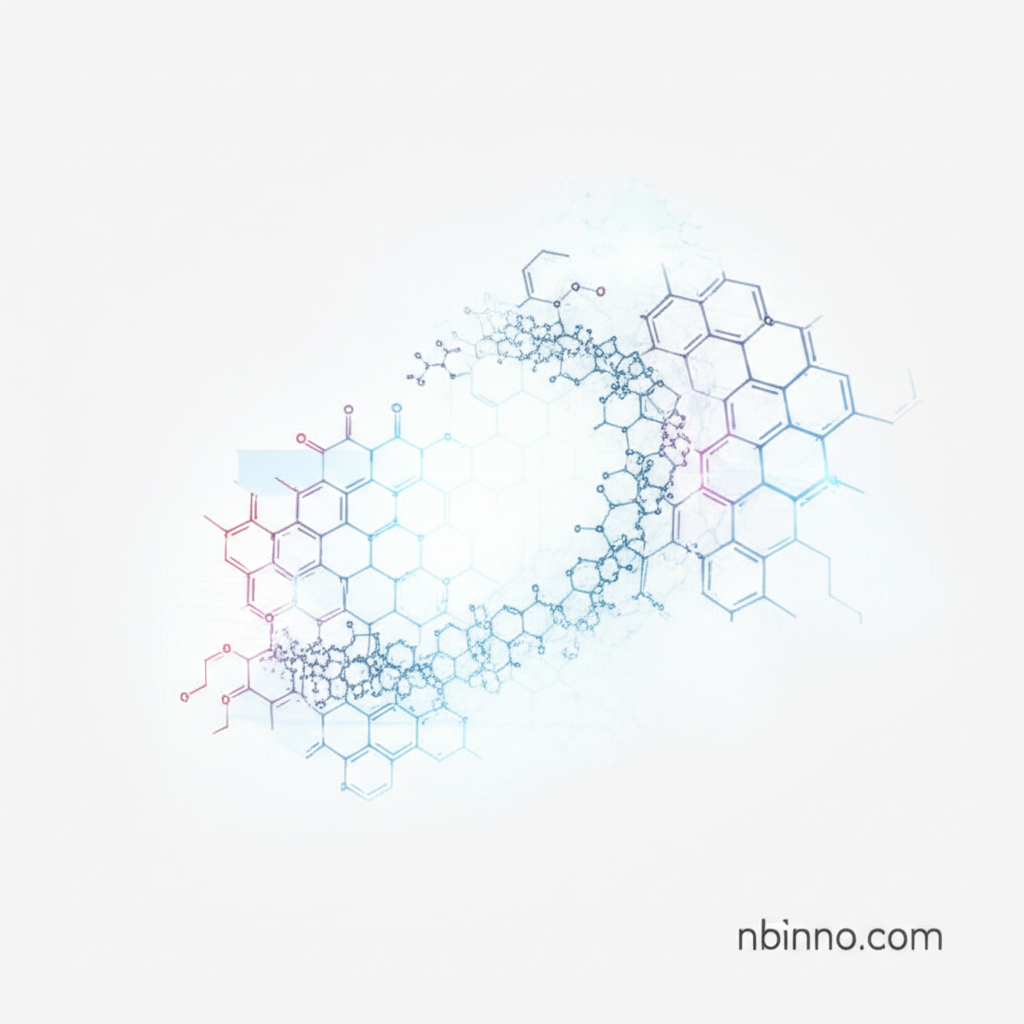Advanced Perylene Diimide Materials for High-Performance OLEDs
Unlocking superior performance in organic light-emitting diodes with novel PDI derivatives.
Get a Quote & SampleProduct Core Value

Dibromo-N,N'-bis(2-hexyldecyl)-perylene-3,4:9,10-tetracarboxylic diimide
This advanced perylene diimide (PDI) derivative, with the CAS number 1374838-69-3, is engineered to deliver exceptional performance in optoelectronic applications, particularly in organic light-emitting diodes (OLEDs) and organic field-effect transistors (OFETs). Its unique molecular structure, featuring bulky side chains, significantly enhances photoluminescence quantum yield (PLQY) in solid films, a critical factor for bright and efficient displays.
- Achieve enhanced device performance by utilizing high PLQY PDI for OLED applications, leading to brighter and more vibrant red emission.
- Explore solution processed OLED materials for simplified fabrication processes and reduced manufacturing costs.
- Leverage the benefits of bulky side chain perylene diimide, which effectively suppresses aggregation and maintains high luminescence efficiency.
- Utilize PDI derivatives for OFET devices, showcasing their versatility beyond light emission, contributing to the development of advanced organic electronics.
Key Advantages Offered
Exceptional Luminescence Efficiency
Our N-annulated perylene diimide synthesis results in materials with remarkable photoluminescence quantum yields, ensuring vibrant light emission critical for the PDI materials for optoelectronics domain.
Superior Film Formation
The carefully designed bulky side chains contribute to excellent film-forming properties, essential for creating uniform layers in solution processed OLED materials, facilitating high-quality device fabrication.
Broad Applicability
These dibromo perylene diimide OLED compounds are not limited to displays; their tunable electronic properties make them suitable for other organic electronic applications, including OFETs and OPVs.
Key Applications
Organic Light-Emitting Diodes (OLEDs)
As highly efficient light-emitting materials, these PDI derivatives are key to developing next-generation displays with superior brightness and color purity, particularly for red emission, a crucial aspect in PDI materials for optoelectronics.
Organic Field-Effect Transistors (OFETs)
The excellent charge transport capabilities of these compounds make them ideal for use in OFETs, contributing to advancements in flexible electronics and integrated circuits, aligning with the needs for PDI derivatives for OFET research.
Organic Photovoltaics (OPVs)
Their light-harvesting and charge-transport properties also lend themselves to applications in organic solar cells, further expanding the utility of these advanced PDI materials.
Fluorescence Labels and Sensors
The photophysical characteristics of perylene diimides make them suitable for various sensing applications and as fluorescent probes in biological and chemical research.
